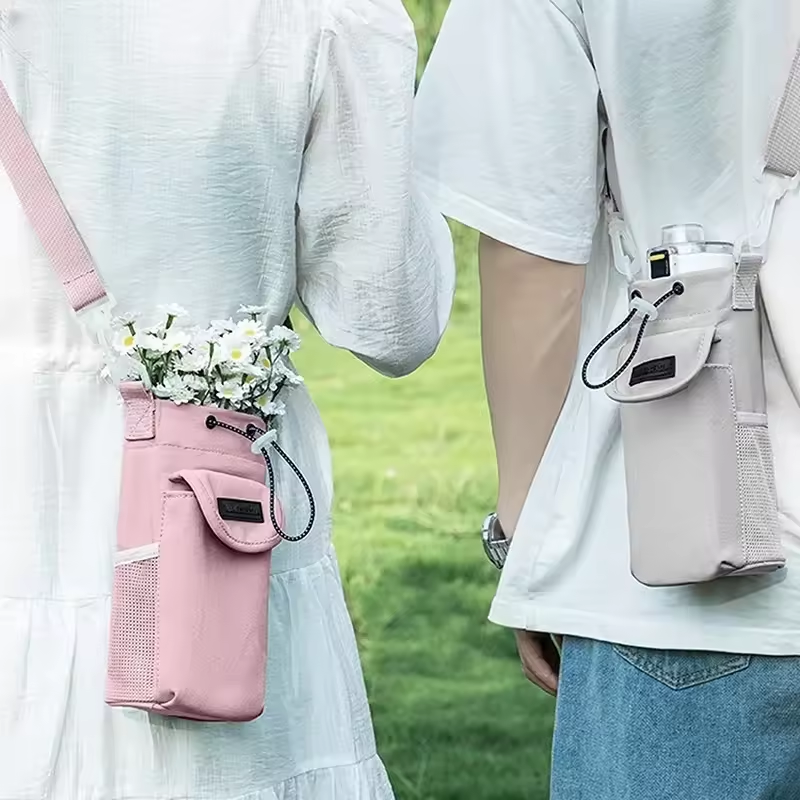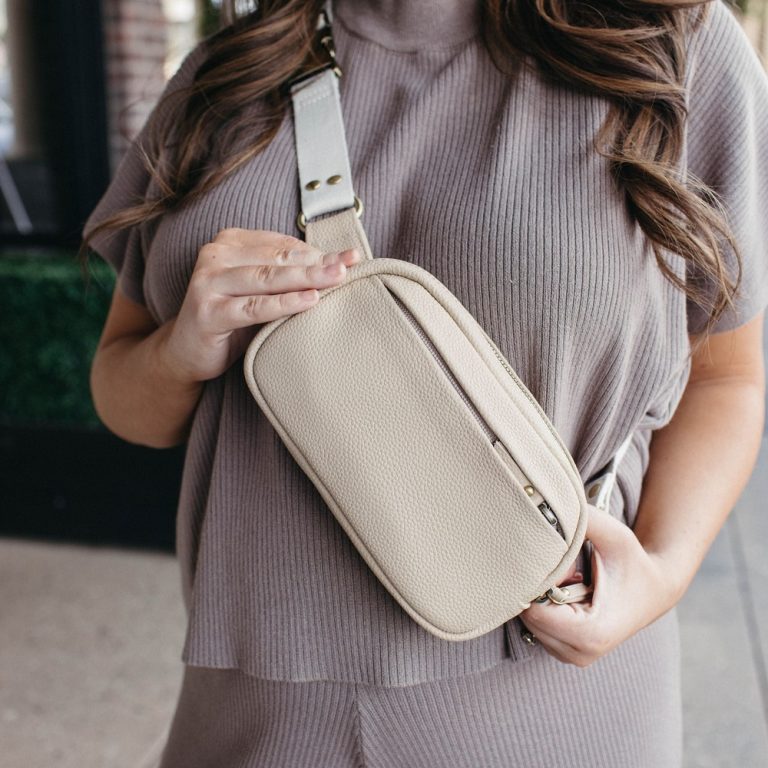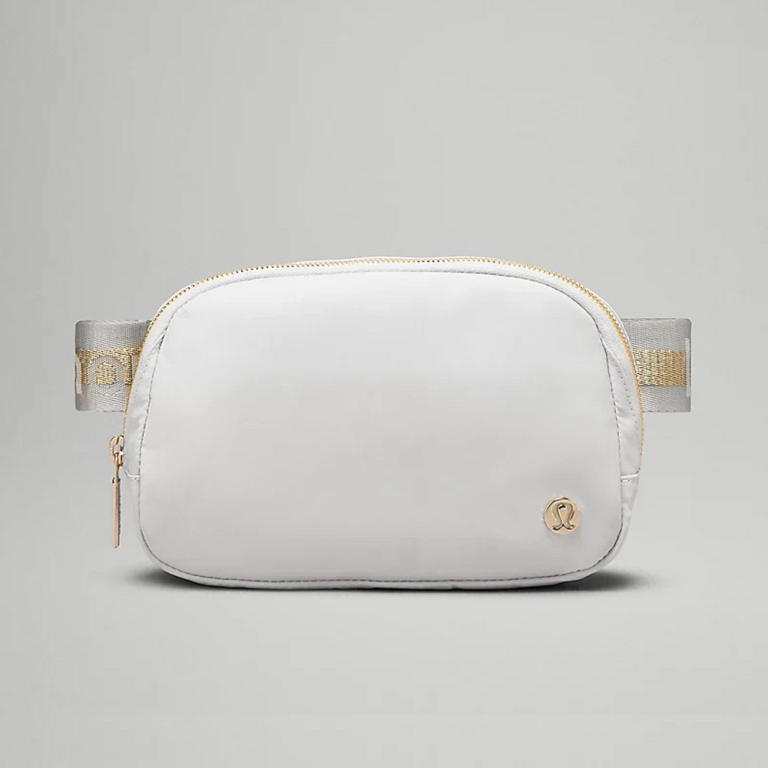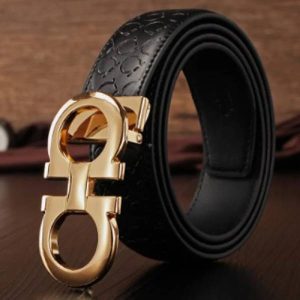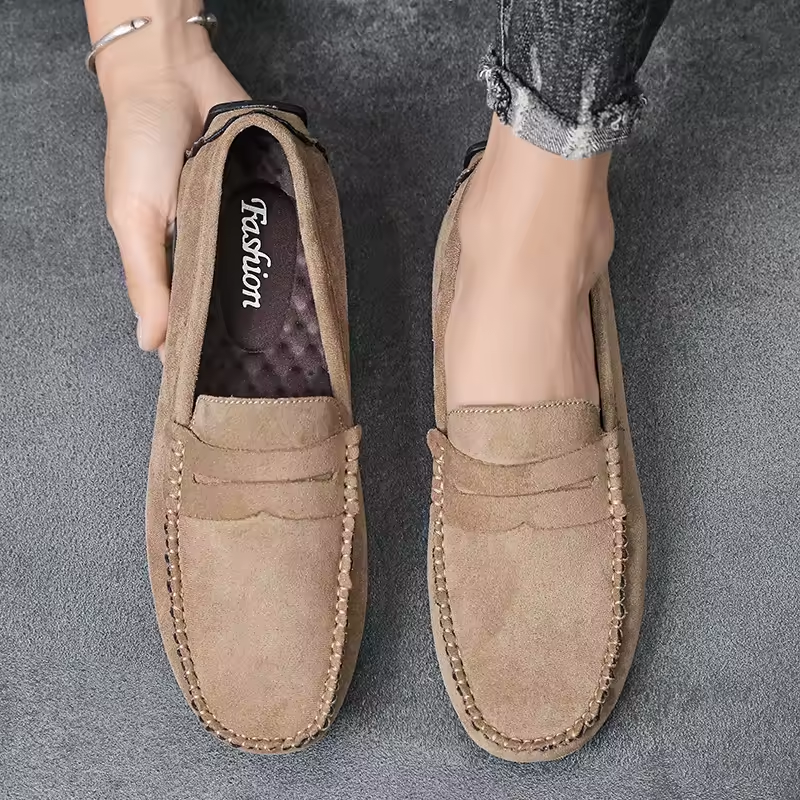Introduction to Kimono Sashes
Kimono sashes, known as ‘Obi’, are central to traditional Japanese attire. They serve as both functional pieces, to secure kimonos, and fashionable statements, demonstrating individual style and cultural identity. These wide, ornate belts have evolved significantly, from simple ties to elaborate, decorative accessories. Traditionally, the kimono belt name ‘Obi’ references a variety of sash types. Each type has its own name, use, and occasion. Understanding the different obi options is crucial for anyone interested in Japanese fashion. The right obi can transform a kimono, making it suitable for different levels of formality, from casual gatherings to formal ceremonies.
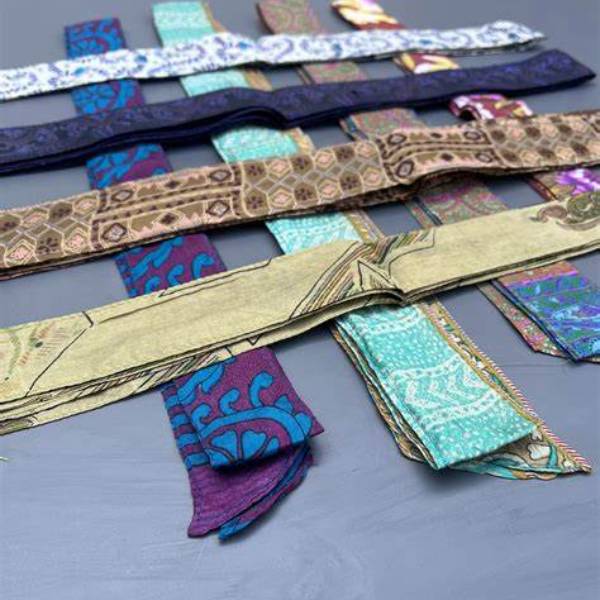
Selecting the perfect kimono sash involves considering the event’s formality, the kimono’s pattern and color, and the wearer’s personal taste. With various materials like silk, cotton, and polyester, obi sashes come in countless designs and colors to match any style.
In addition to holding the kimono in place, obi sashes express creativity. They can be tied in simple bows or complex knots, each with a distinct name and significance. Many wearers enjoy experimenting with different tying techniques to showcase their personal flair.
The kimono belt’s enduring appeal spreads beyond traditional wear. Today, fashion-forward individuals incorporate obi into their modern attire, blending historic elegance with contemporary style. As we dive deeper into the world of kimono sashes, we’ll explore their history, variety, and the endless styling possibilities they offer.
The Evolution of Kimono Sashes
The journey of kimono sashes, from their simple beginnings to ornate accessories, is a fascinating one. Initially serving the sole function of securing the garments, these sashes have become a significant part of Japanese tradition and fashion.
In the past, a ‘obi’ was merely a cord or a ribbon that women wrapped around their waist. Over time, the obi evolved into wider and more decorated belts. This shift coincided with various historical periods of Japan, reflecting changes in society, technology, and aesthetics.
The Heian period marked the onset of more elaborate sash designs. The importance of obis grew, becoming symbols of wealth and status. From the Nara to the Edo periods, the styles and fabrics of obi became more diverse. The obi transitioned from a narrow belt to a broad, decorative piece, influenced by the flourishing arts, like the Kabuki theater.
This evolution sprang from both fashion necessity and artistic expression. As kimonos grew more elaborate, the obi followed suit. It began to play a dual role – holding the kimono together and serving as a fashion statement. The art of wearing and tying the obi became an area where individual flair thrived.
Notably, different knots and styles emerged, each carrying its own meaning. Some knots were symbolic of the wearer’s marital status or the occasion they were attending. The obi started to tell a story – not just of personal taste but of cultural significance as well.
The Evolution of Tradition: From Kimono Obis to Modern Fitness Belts
As Japan opened to the West, globalization influenced kimono and obi styles. Modern fabric technology has introduced materials like polyester, making the obi more accessible and easier to care for. Yet traditional materials like silk remain highly valued for their quality and association with formality.
Today’s obis come in a variety of types, each suited to different occasions. From the formal ‘maru obi’ to the casual ‘hanhaba obi’, there is an obi for every event. Their adaptability is evidence of their endurance as a cultural artifact.

The essence of the obi’s story is its transformation. From a simple tie to an icon of Japanese fashion, the kimono sash reflects a history rich in tradition and loaded with meaning. It remains a pivotal element in the art of Japanese dress, and its evolution shows no signs of stopping. Much like the obi’s transformation into a symbol of Japanese fashion, the purpose of a weight lifting belt extends beyond mere support; it embodies a commitment to strength and tradition in fitness, reflecting the evolving nature of athletic practices and the importance of proper technique.
Understanding the Different Types of Kimono Sashes
The diversity of obi sashes reflects the varied occasions and personal styles they accommodate. Each type carries distinct characteristics and uses. Here’s a quick guide to understanding the main types of obi.
Understanding the variety of obi sashes can enhance your appreciation of Japanese fashion, much like knowing how does a belt buckle work adds depth to your knowledge of accessories, revealing the subtle complexities behind each design and purpose.
Fukuro Obi
Fukuro obis are often seen at formal events. They boast a pocket-like structure with patterns on only one side. This design allows elaborate motifs on the part that remains visible when tied.
Nagoya Obi
Nagoya obis strike a balance between formal and casual. Their unique feature is a pre-folded section that makes tying certain knots, like the taiko musubi, more convenient.
Hanhaba Obi
Hanhaba obis are half the width of their formal counterparts. Their informal nature suits casual kimonos and yukatas. They are lighter and easier to tie.
Maru Obi
Maru obis are the most formal and luxurious option. They are reversible, with intricate designs on both sides. Their heavy and stiff fabric makes them quite challenging to wear. The maru obi, known for its luxurious and formal appearance, adds an exquisite touch to any kimono outfit, making it a popular kimono belt name among enthusiasts despite its challenging stiffness and weight.
Kaku Obi
Kaku obis are reserved for men. Longer and narrower, they wrap around the waist three times. These obis often come in dark, subdued colors.
Heko Obi
Heko obis are soft and thin, resembling scarves. They tie easily and are popular for casual wear and with yukatas. Both women and men wear heko obis.
Selecting the right obi is about matching the event’s formality and your personal taste. Next, we will explore how to pick the perfect kimono sash for any occasion.
When choosing a heko obi for casual occasions, you might also consider a designer men belt for a more polished look, ensuring your outfit reflects both the event’s formality and your personal style.

How to Select the Perfect Kimono Sash
Choosing the right kimono belt name, or ‘Obi’, enhances your outfit for any event. Look for color and pattern harmony when pairing with your kimono. Formal occasions demand elaborate obis, while casual gatherings suit simpler styles. Consider the obi’s width and length in line with the kimono’s design and the wearer’s height. Match your obi to the event’s tone, whether it’s a wedding or a festival. Balance personal style with the occasion’s demands, selecting from fukuro, nagoya, or hanhaba types. Ensure comfort and ease of movement; avoid overly tight or bulky knots. Experiment with materials, but remember, silk symbolizes luxury and formality. Finally, reflect your personality and fashion sense through your obi selection, making each wear unique.
Tying Techniques for Kimono Sashes
Tying a kimono sash, or obi, involves skill and style. Different techniques create varied looks and messages. Here are some common methods for tying these traditional belts.
The Taiko Musubi Knot
The taiko musubi is a classic and formal knot. It resembles a drum, giving a grand appearance. To create this knot, wrap the obi around the waist and form a wide loop. Lay the loop flat against the back and secure it with an ‘obi makura’, which is a pad, to maintain its shape. This knot typically pairs with a Nagoya obi for semi-formal events. The taiko musubi, a classic knot resembling a drum, is elegantly tied with a kimono belt name that complements its grand appearance, especially when paired with a Nagoya obi for semi-formal events.
The Simple Bow Tie
For casual wear, the simple bow tie is perfect. It’s like tying shoelaces, but larger and at your back. Cross the ends over each other, make a loop with each end, and then tie a bow. Adjust the loops and ends so they lie flat and even. A hanhaba obi is ideal for this knot, making it suited to less formal occasions like summer festivals. The hanhaba obi, a popular kimono belt name, is perfect for creating a stylish bow tie knot, making it an excellent choice for casual summer festivals while maintaining a fun and relaxed look.
The Butterfly Knot
The butterfly knot adds an elegant touch to kimonos. Fold the obi in half and place it behind your waist. Cross the ends in front and bring them back, then tie a big, full bow. Arrange the ‘wings’ of the bow to flare outwards. This complex knot often accompanies a maru or fukuro obi at formal events. The butterfly knot, a sophisticated style often seen with a kimono belt name like maru or fukuro obi, enhances the beauty of kimonos at formal occasions, showcasing an elegant flair with its distinctive bow and outward flaring wings.
Tips for Tying Kimono Sashes
- Always start with a clean and pressed obi for the neatest look.
- Use obi clips or pins to hold your layers in place while you tie the knot.
- Keep the obi centered on your waistline for the best symmetry and balance.
- Use a mirror or ask for assistance to ensure the knot is tied correctly.
- Practice makes perfect; don’t get discouraged if it doesn’t turn out right the first time.
Each obi knot has significance and fits different kimono styles and events. Learn these techniques to enhance your kimono’s charm and wear it with confidence.
Kimono Sash Materials and Care
When it comes to kimono sashes, also widely known as obi, material choice is critical. Different materials not only dictate the sash’s appearance but also how it should be cared for. Below, we explore some of the common materials used for kimono belts and provide guidance on their maintenance. Choosing the right kimono belt name is essential, as the material affects both its look and care instructions, making it important to understand the different options available for proper maintenance.
Common Materials Used for Obi
- Silk: The gold standard for formal occasions, silk obi convey luxury and elegance. Silk obi require careful hand washing or professional dry cleaning to maintain their beauty.
- Cotton: Cotton obi are versatile and less formal. They are easily washable and more durable than silk, making them great for regular use.
- Polyester: A modern favorite due to its ease of care, polyester obi can often be machine washed. They are also less likely to wrinkle, making them perfect for casual wear.
- Brocade: Often used for celebratory events, brocade obi can feature intricate patterns woven into the fabric. They need professional cleaning to preserve the detailed designs.
Caring for Your Obi
- Avoid Direct Sunlight: Store your obi away from sunlight to prevent colors from fading.
- Roll, Don’t Fold: Rolling your obi can help avoid creases and preserve the shape of intricate knots.
- Clean Spills Quickly: If your obi is stained, address the spill immediately to prevent the stain from setting.
- Professional Cleaning: For silk and brocade obi, opt for professional cleaning services to avoid damage.
- Regular Maintenance: Polyester and cotton obi can be washed at home, but always follow care instructions to maintain their quality.
By selecting the right material for your needs and caring for it properly, your kimono sash will remain an impeccable part of your wardrobe for years to come. Always consider the event and frequency of use when choosing an obi material, and ensure you are equipped to care for it accordingly. Choosing the perfect kimono belt name not only enhances your outfit but also reflects your personal style, ensuring that it remains a cherished accessory for special occasions and everyday wear alike.
The Cultural Significance of Kimono Sashes
Kimono sashes, or ‘Obi’, hold deep cultural meaning in Japan. They represent more than just a fashion item; they are symbols of the wearer’s status, personal taste, and the event they attend. Wearing a particular obi can signify marital status, as certain knots are associated with being single or married. For instance, a young unmarried woman might choose a bright, colorful obi and tie it with a flamboyant knot, signaling her availability, while a married woman often opts for a more subdued color and a simpler knot. The materials and patterns of the obi also reflect the season or the nature of the occasion, such as using lighter fabrics for summer festivals or more formal patterns for weddings and tea ceremonies.
Throughout history, the design and wearing of the obi have been influenced by various artistic and cultural trends, including the Kabuki theater. Actors in these traditional plays would wear elaborate obi that contributed to their character’s storytelling, influencing everyday fashion trends. Today, the artistic element persists, with obi designs featuring everything from classic floral motifs to modern graphics, showcasing a blend of historical reverence with contemporary creativity.
Moreover, the way an obi is tied tells a story of its own. Intricate knots that require skill and time to tie can indicate a formal setting, while simpler, looser knots suggest a casual affair. The tying technique itself can hold special significance; for example, a Butterfly Knot might be chosen for festive occasions because of its elegant appearance.
In essence, the obi is a wearable art that communicates individual identity and cultural heritage. It embodies the aesthetic values and social customs of Japanese culture while allowing for the wearer’s self-expression. By selecting and tying an obi, individuals participate in a centuries-old tradition, keeping the cultural significance of kimono sashes alive and relevant in the modern world.
Accessorizing with Kimono Sashes Beyond Traditional Wear
In modern fashion, kimono belt names, or ‘Obi’, are not just for kimonos. Stylists and fashion enthusiasts integrate obi into Western attire, introducing a fusion of cultures. This section explores how obi sashes enhance contemporary outfits.
Pairing with Western Clothing
Obis add elegance to simple dresses or high-waist pants. Wrap a colorful obi over a plain dress to create a striking contrast. A dark, subtle obi can give jeans and a blouse a unique, sophisticated twist.
Using as a Decorative Home Accessory
Obis are works of art. Display them as wall hangings or drape over furniture for an Asian-inspired home décor.
Crafting into Other Accessories
Old or unused obis can transform into accessories. Make them into bags, scarves, or belts. Creativity knows no bounds with these versatile sashes.
Gifting with Meaning
An obi sash makes a thoughtful present. It carries cultural significance and serves as a unique, stylish gift.
Embracing Cultural Exchange
Wearing an obi with non-traditional clothing celebrates cultural exchange. It pays homage to Japanese heritage while embracing global fashion trends.
